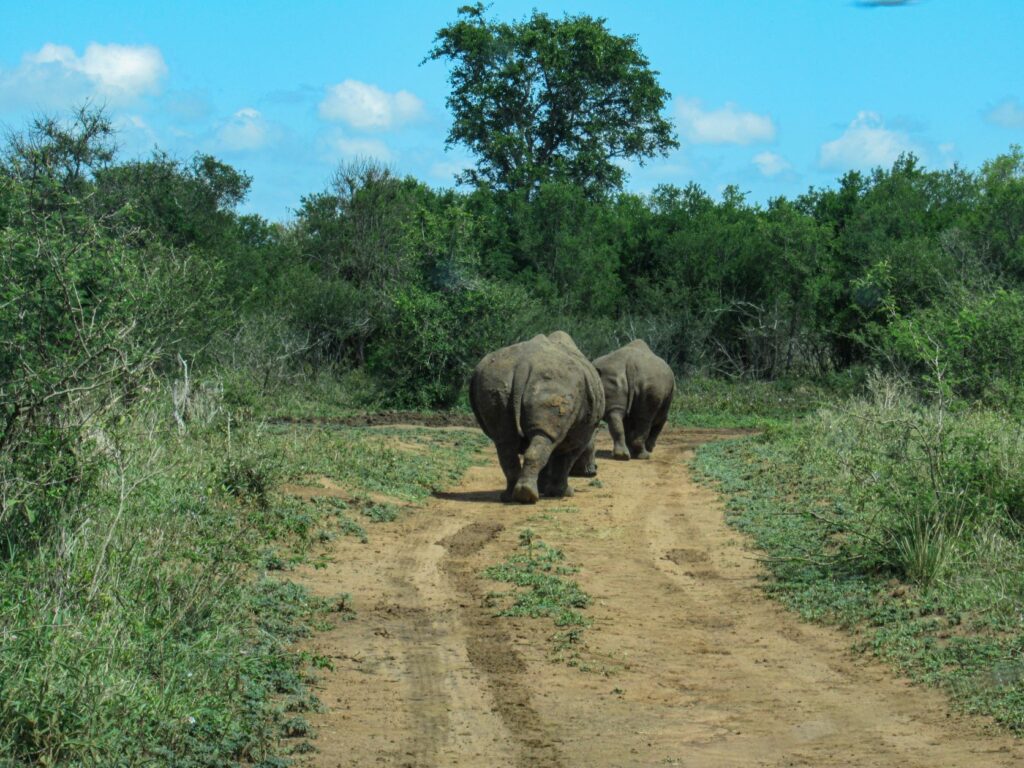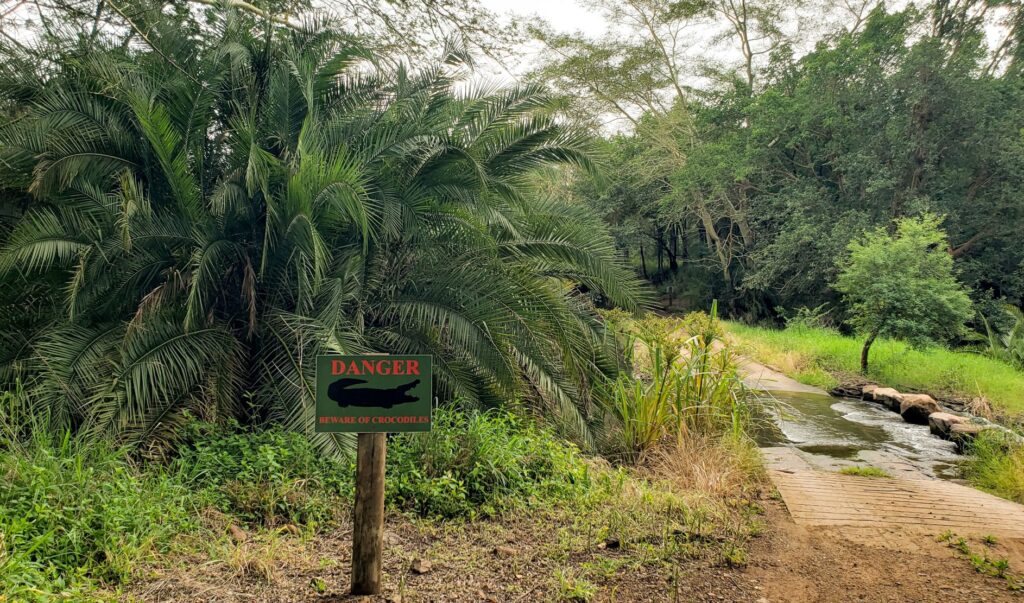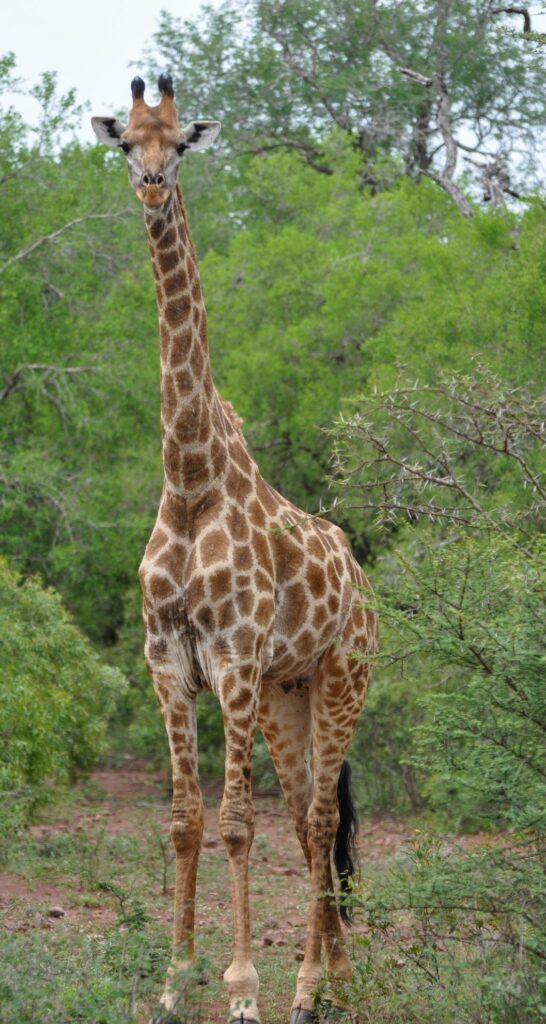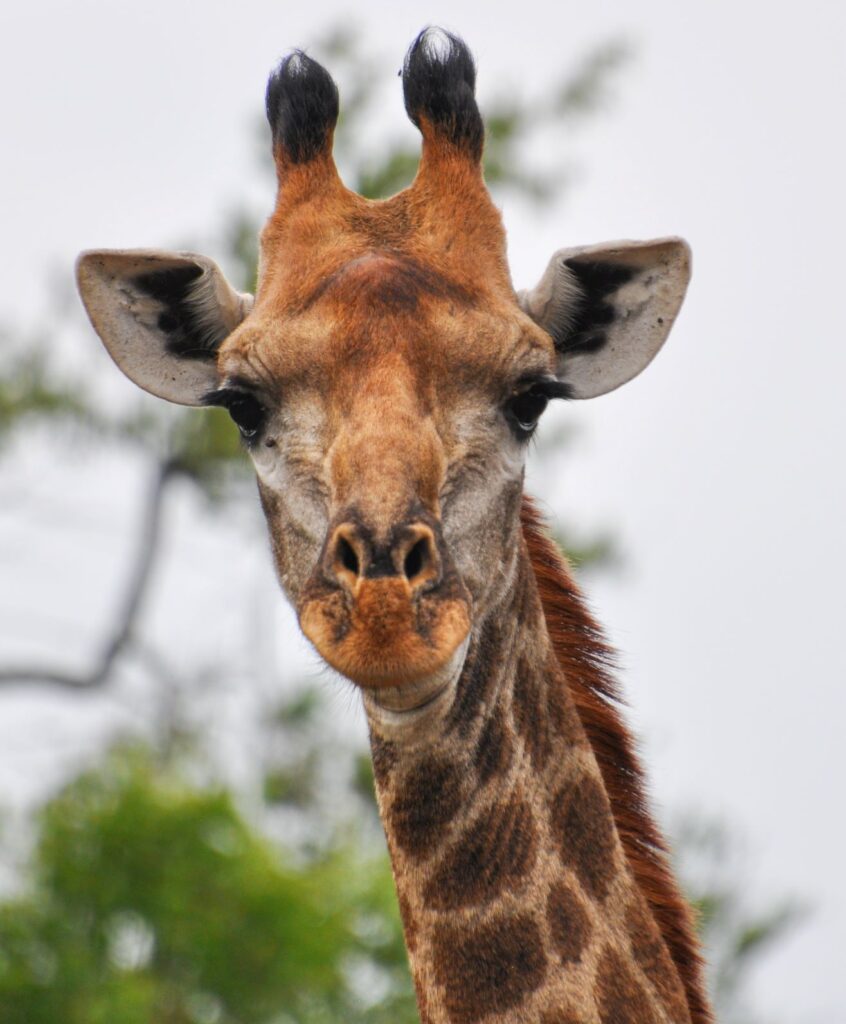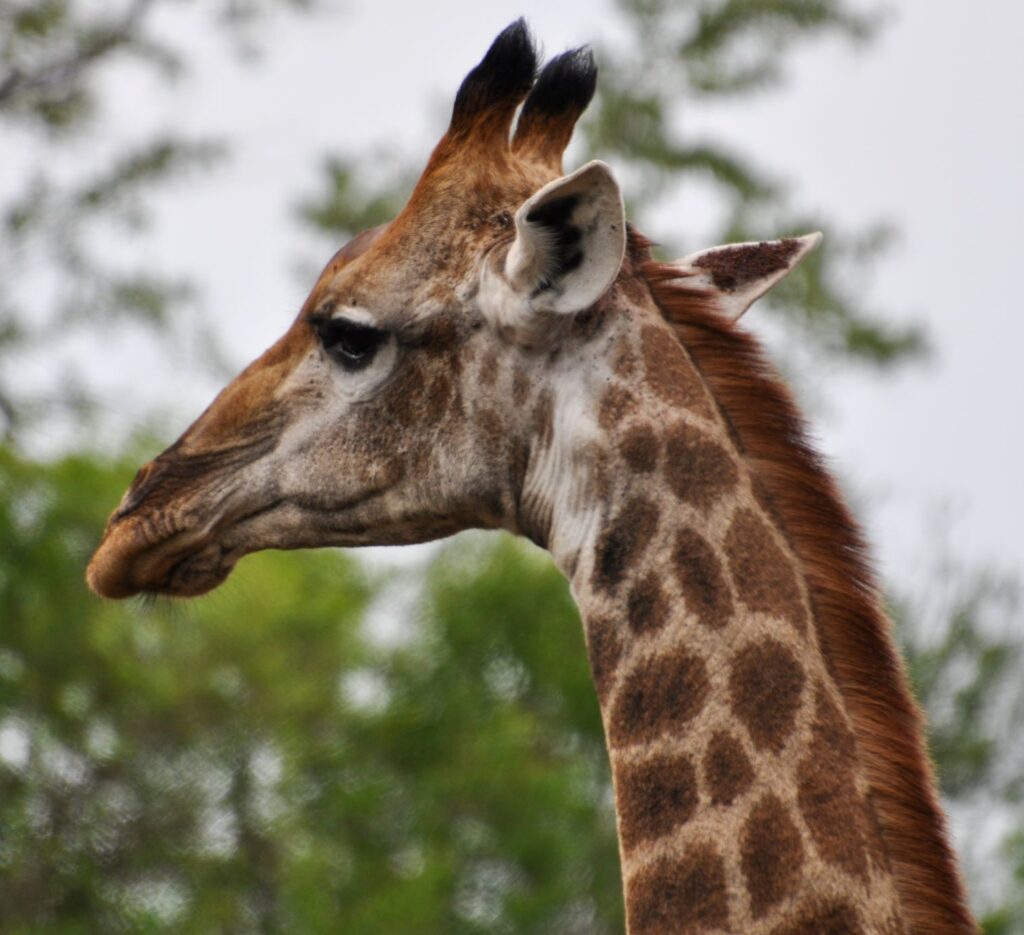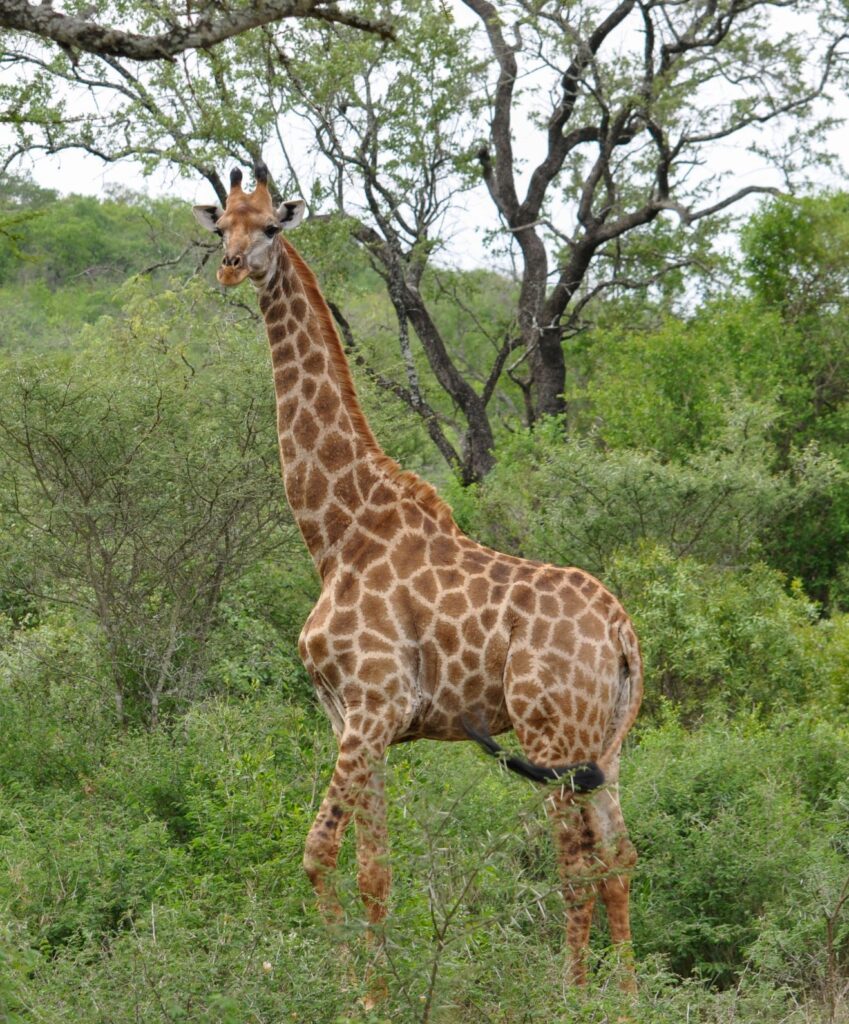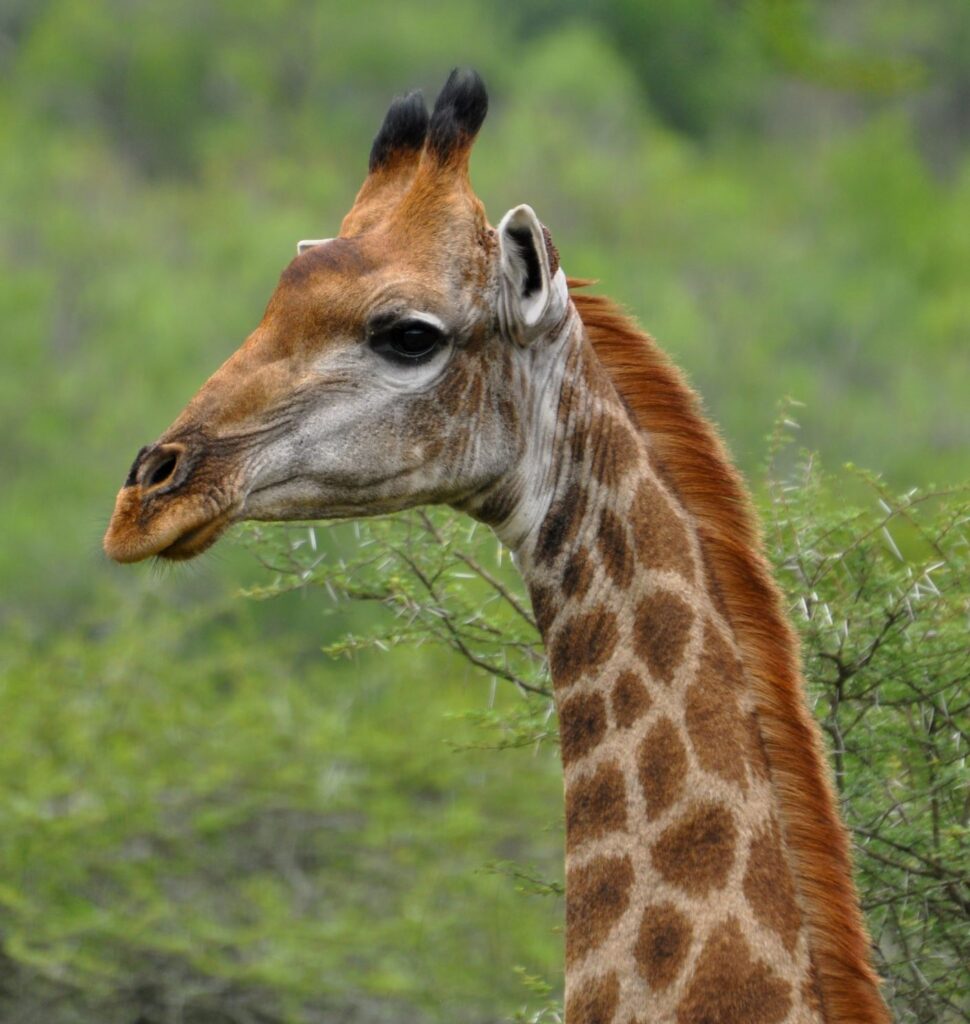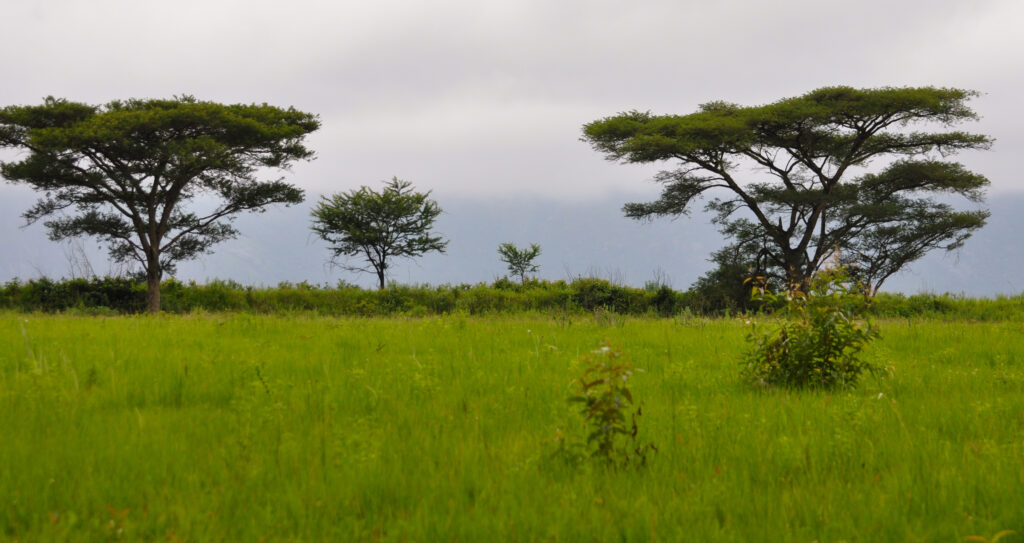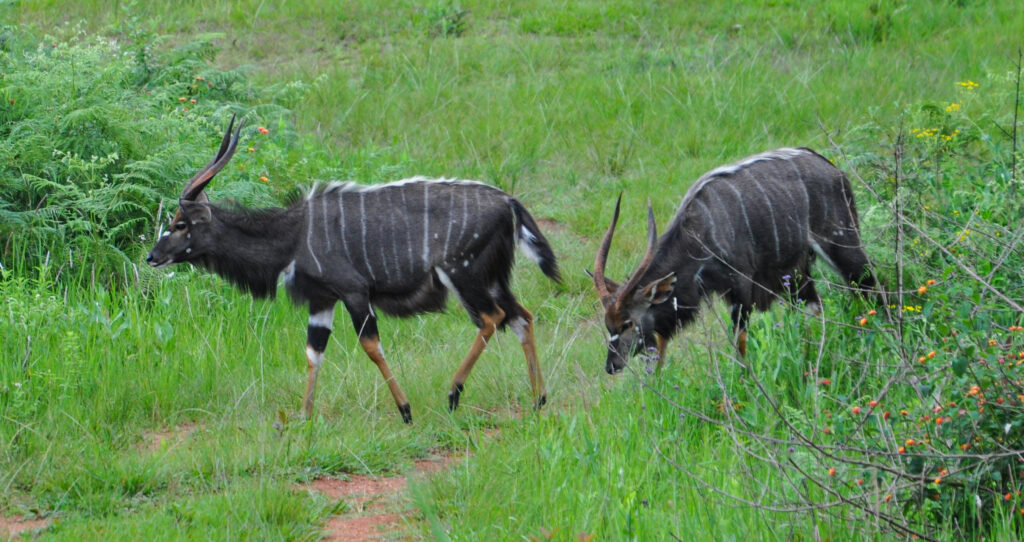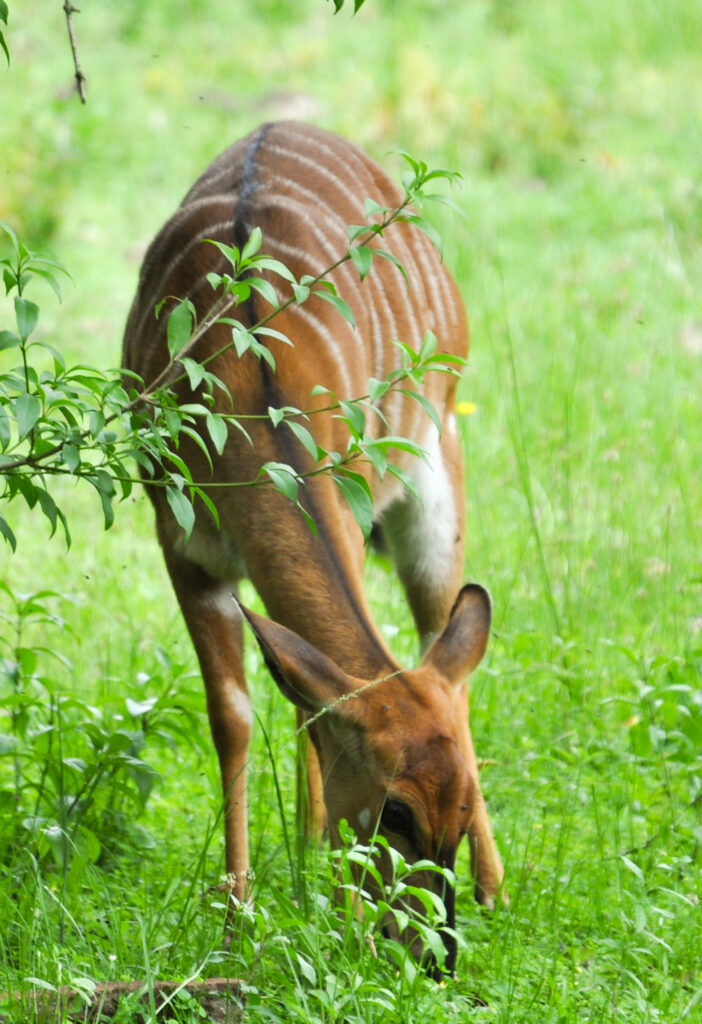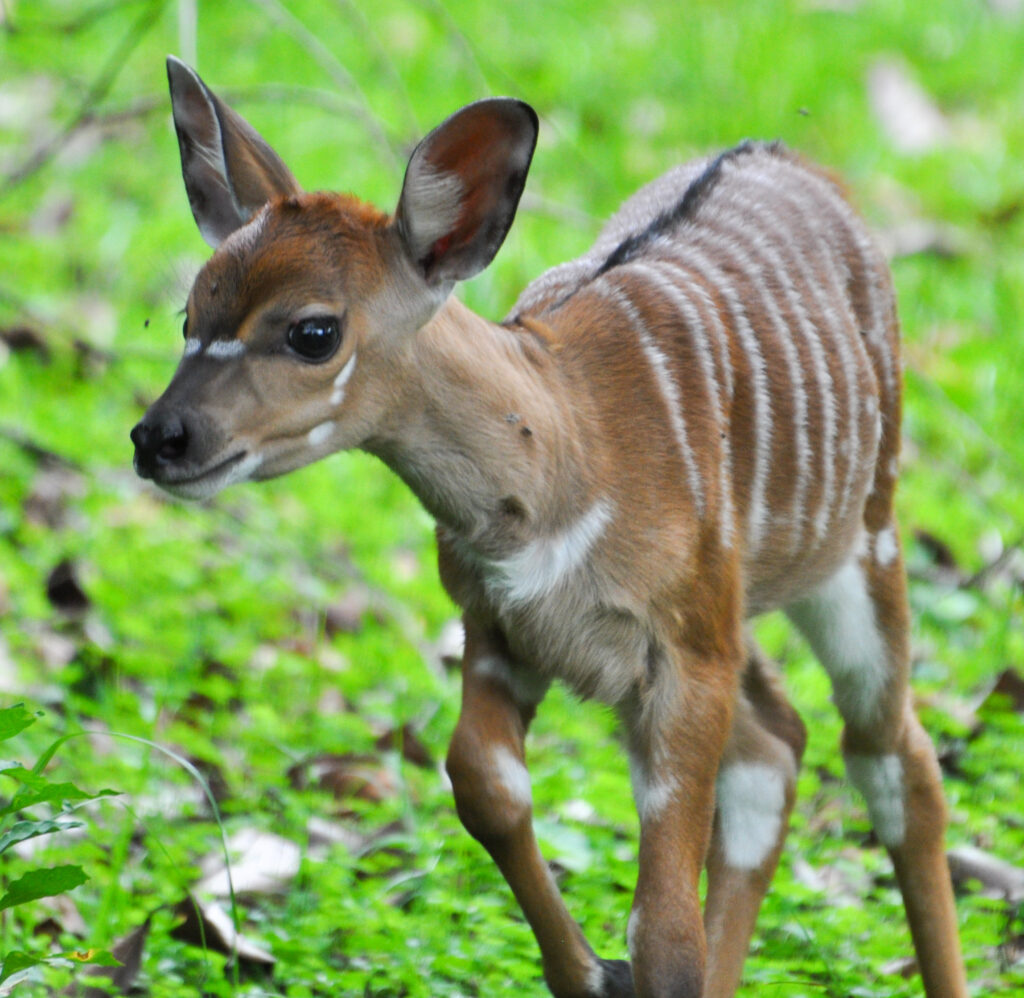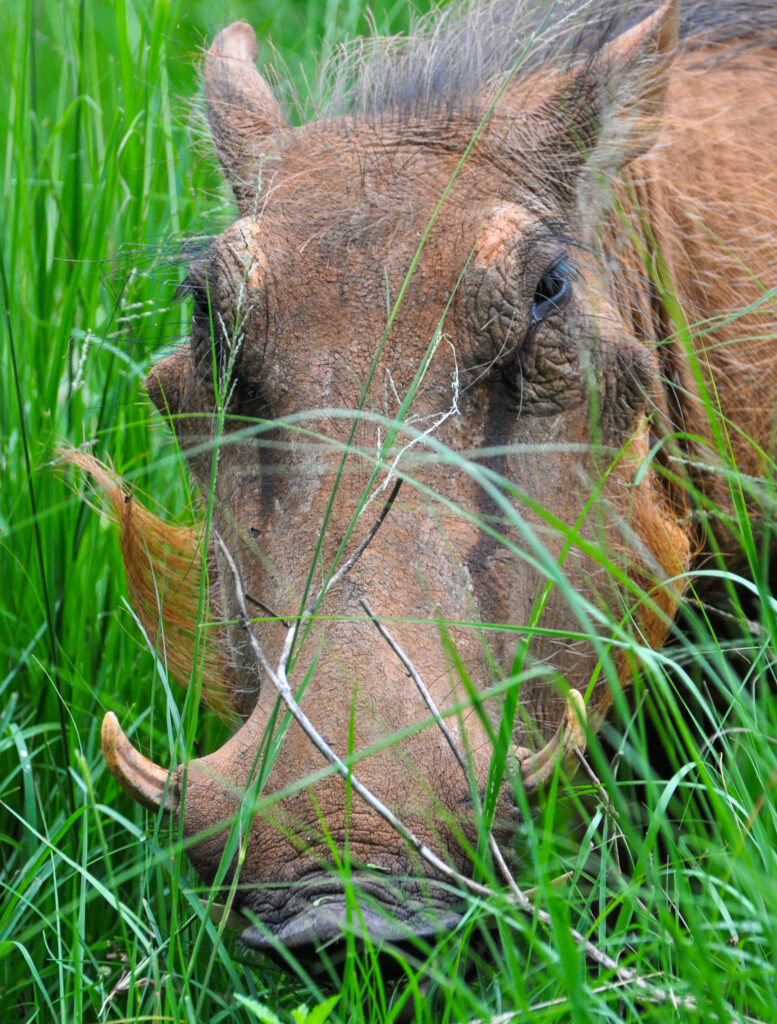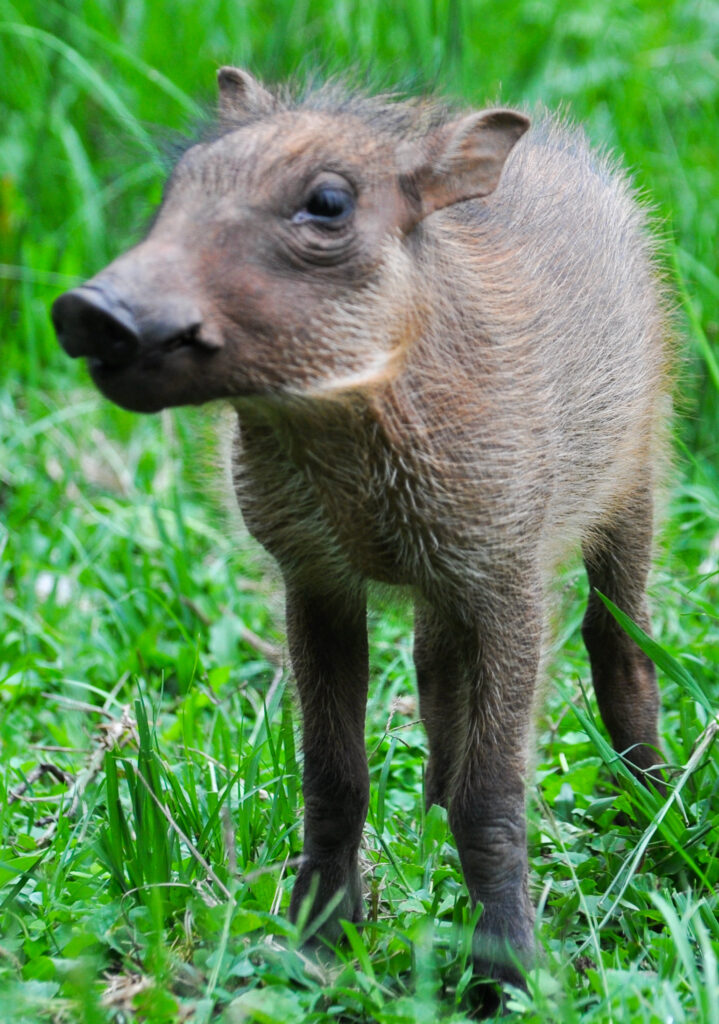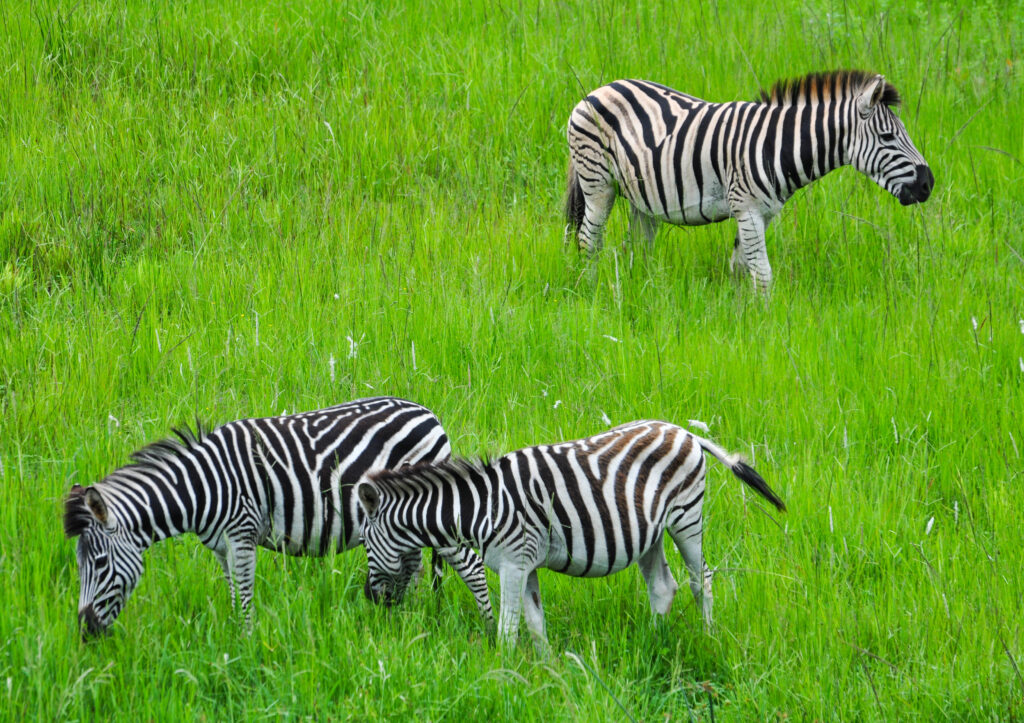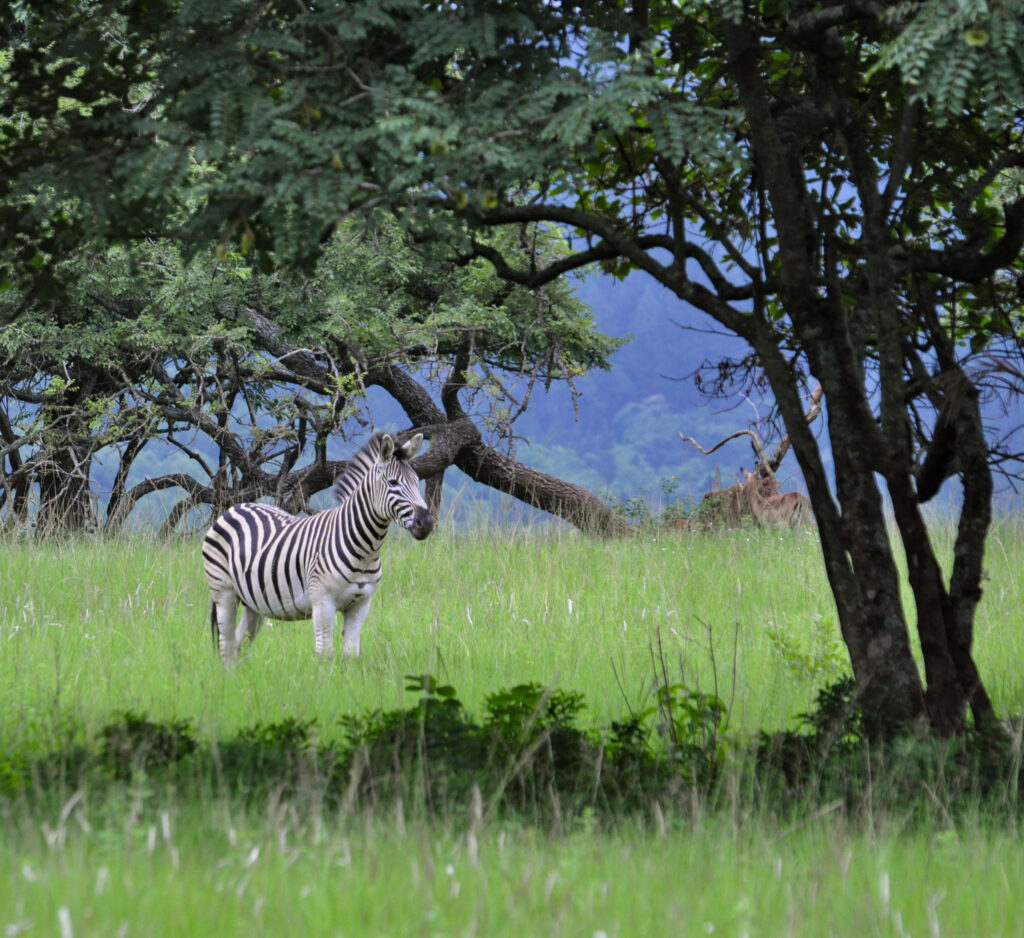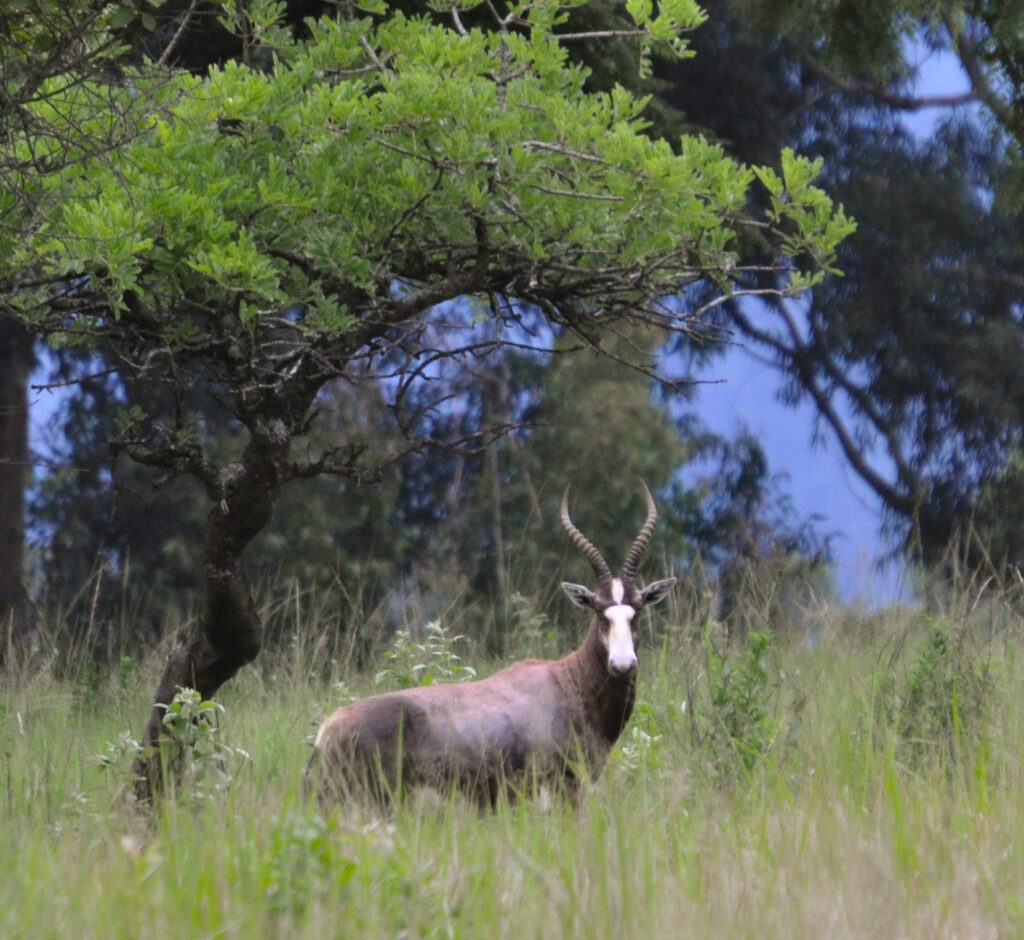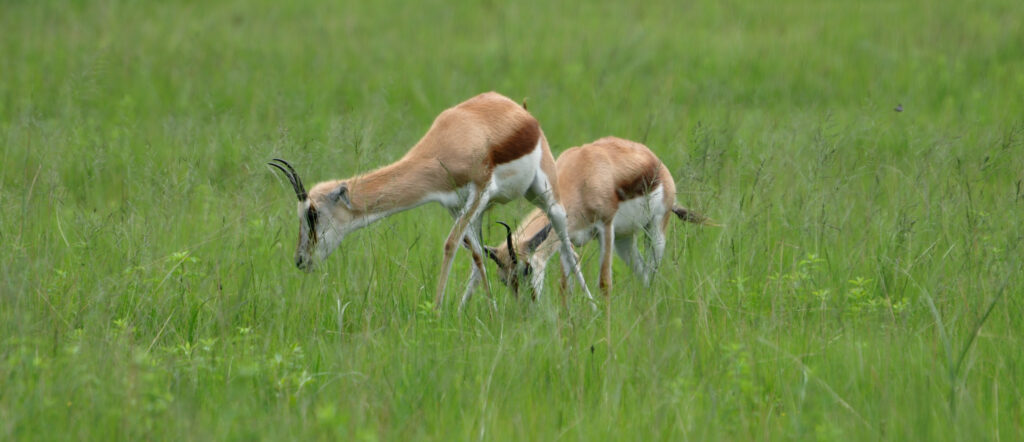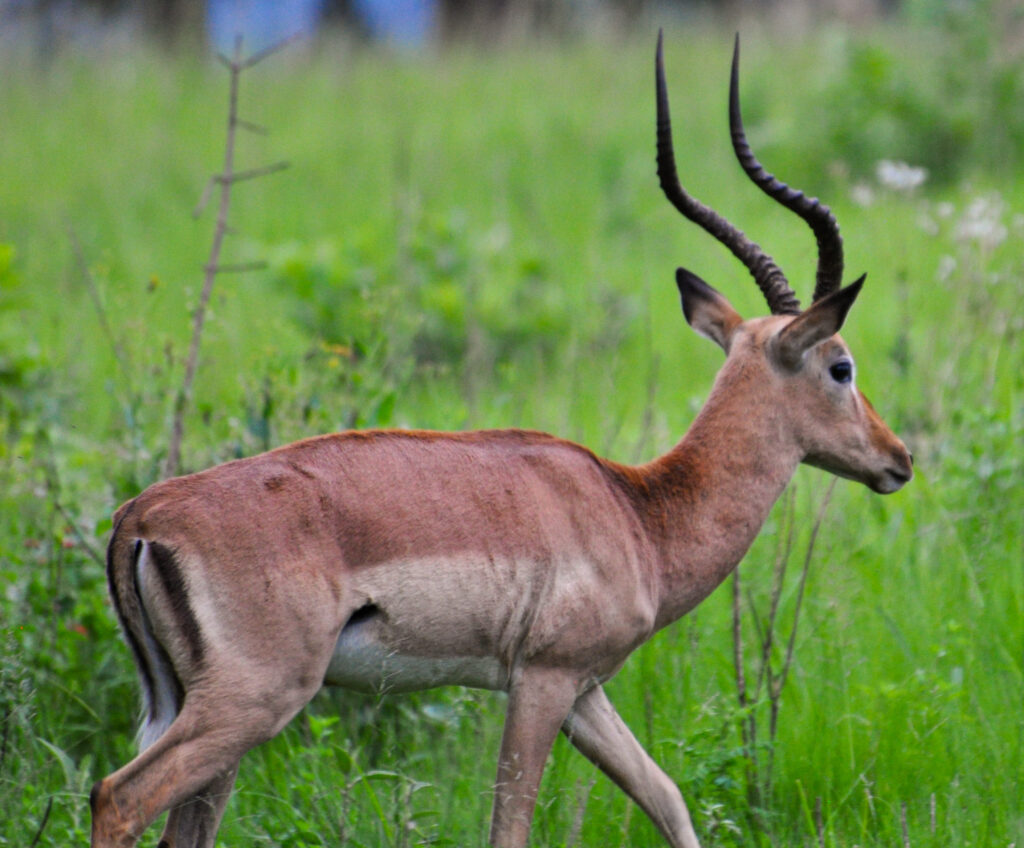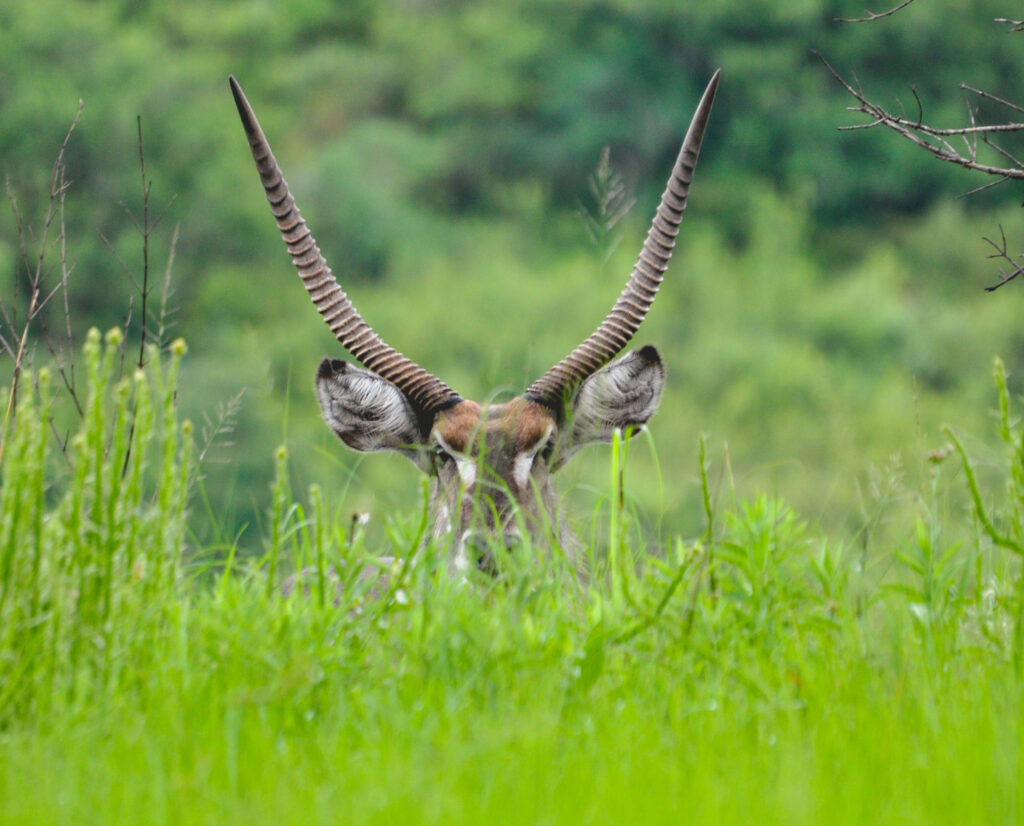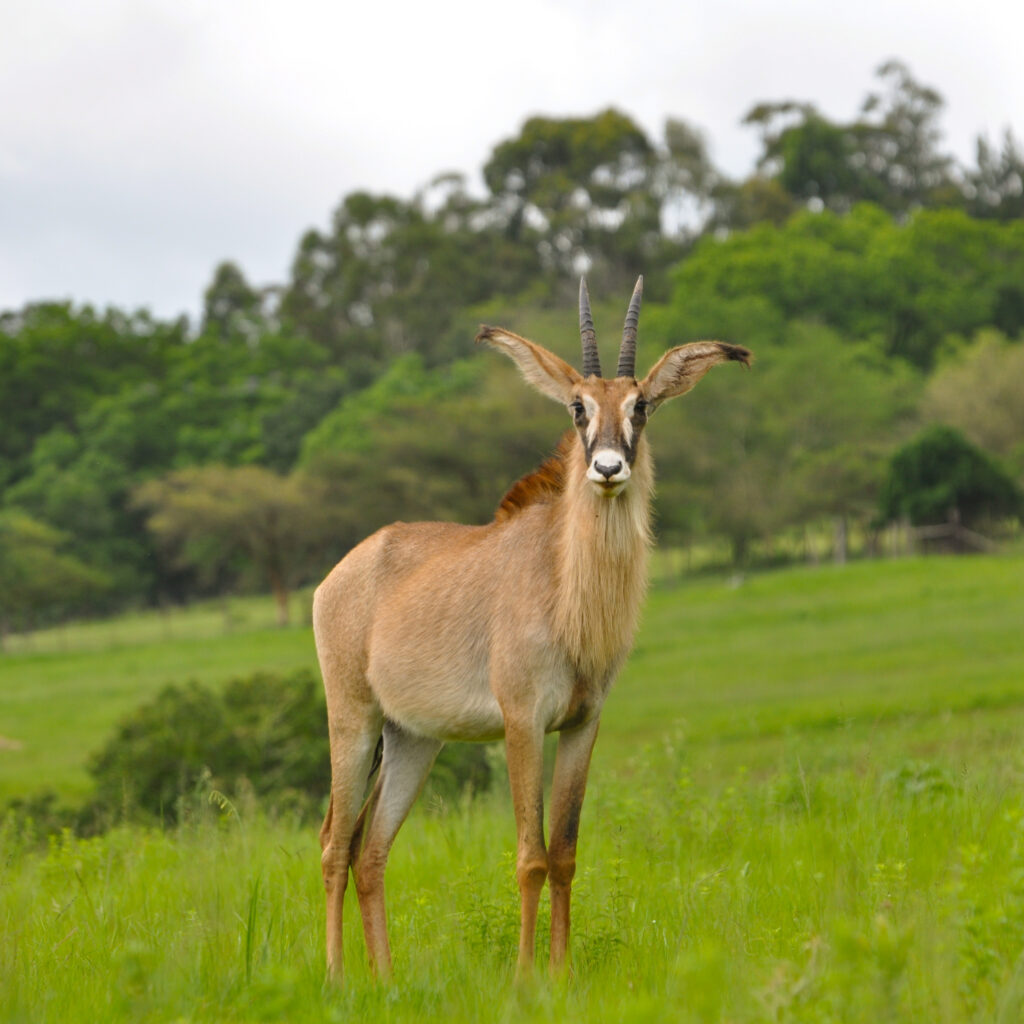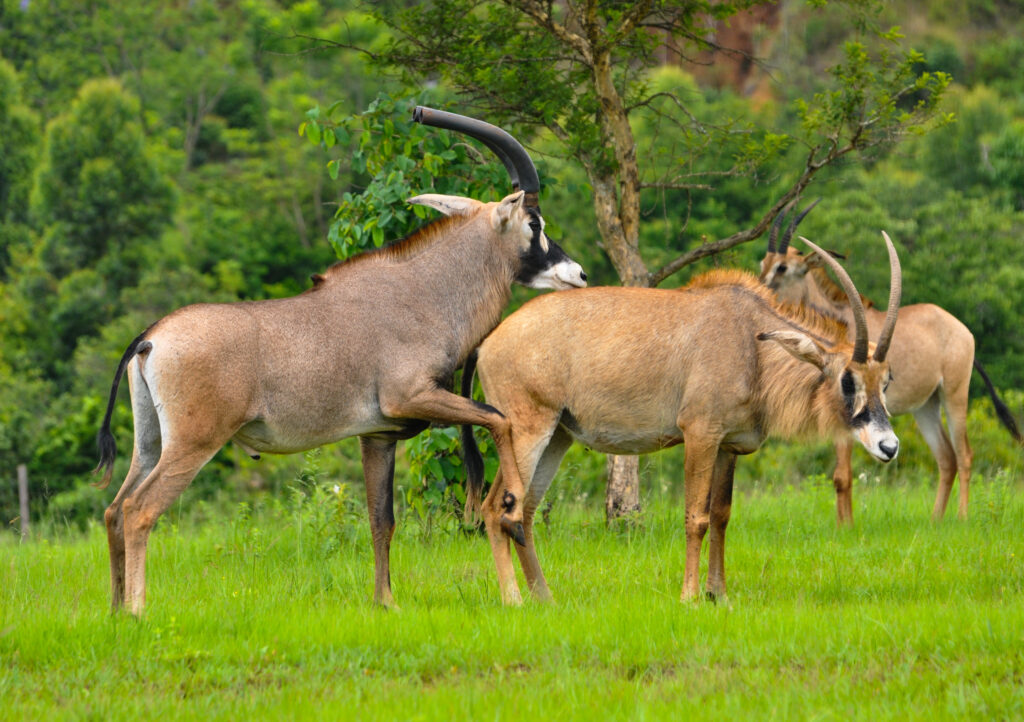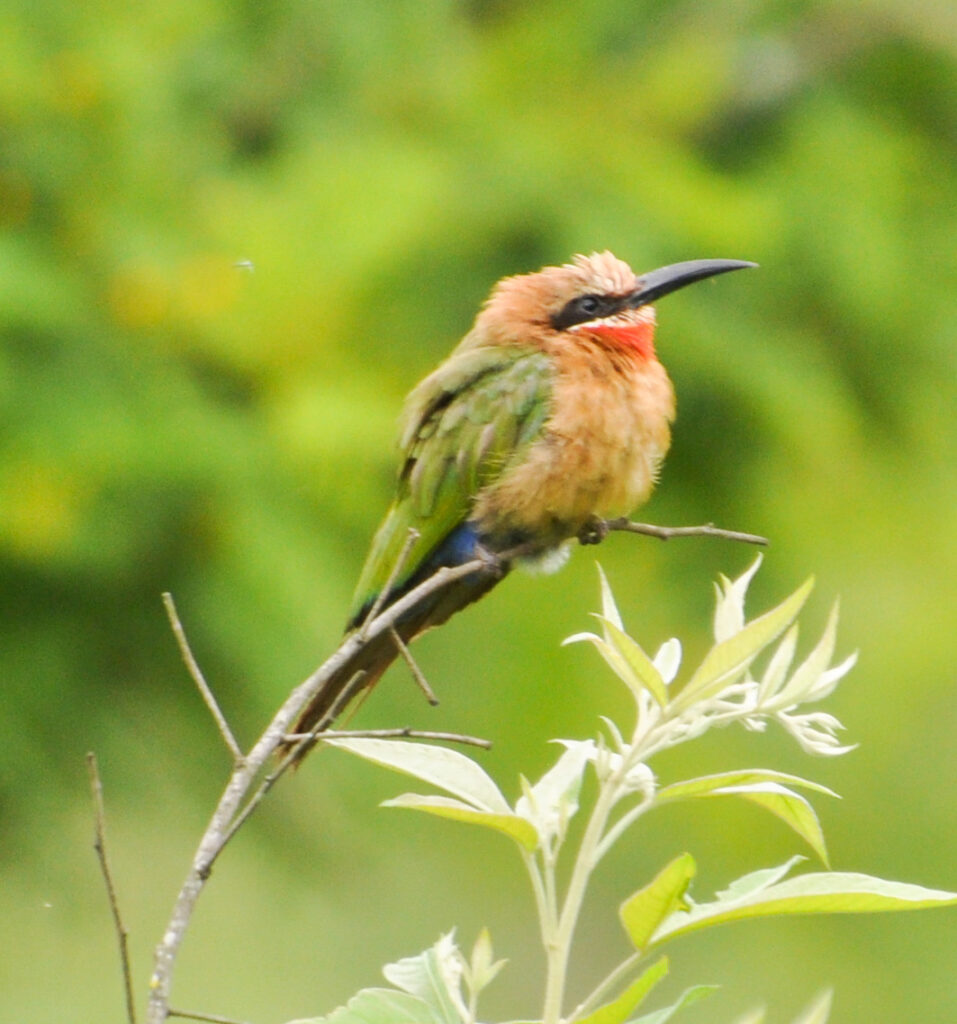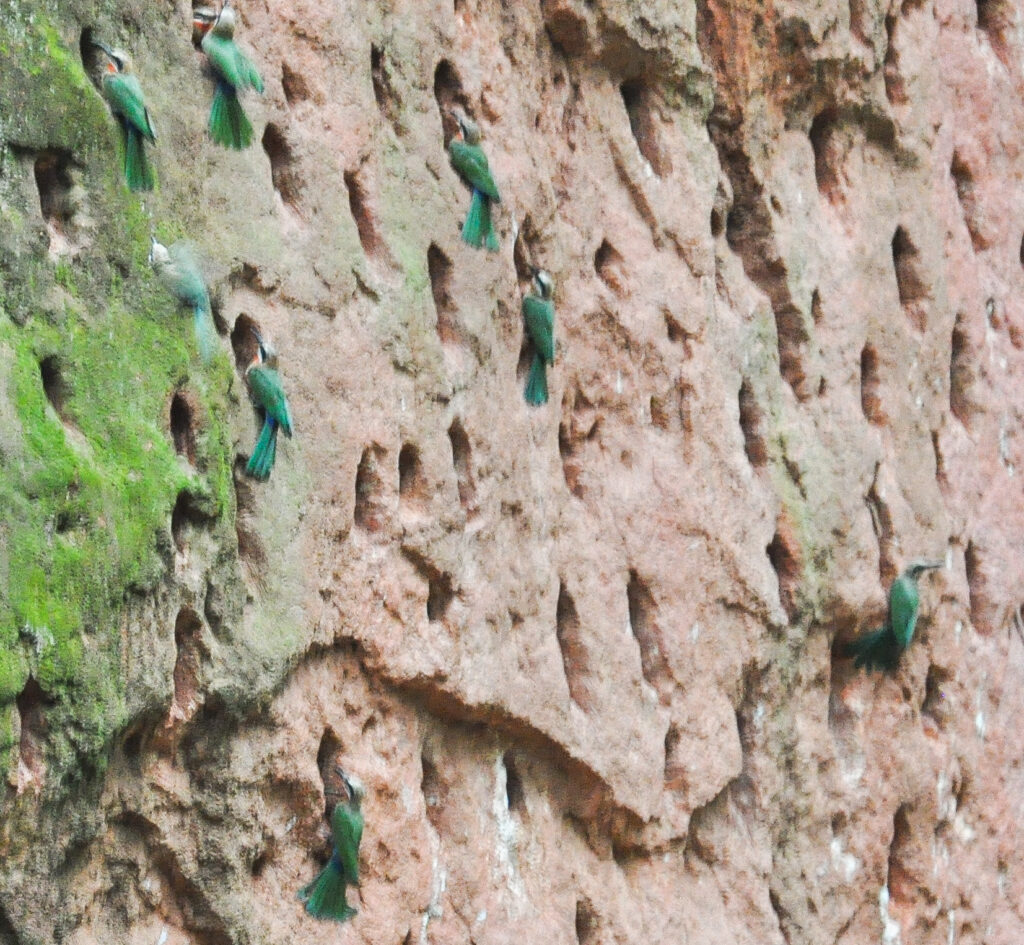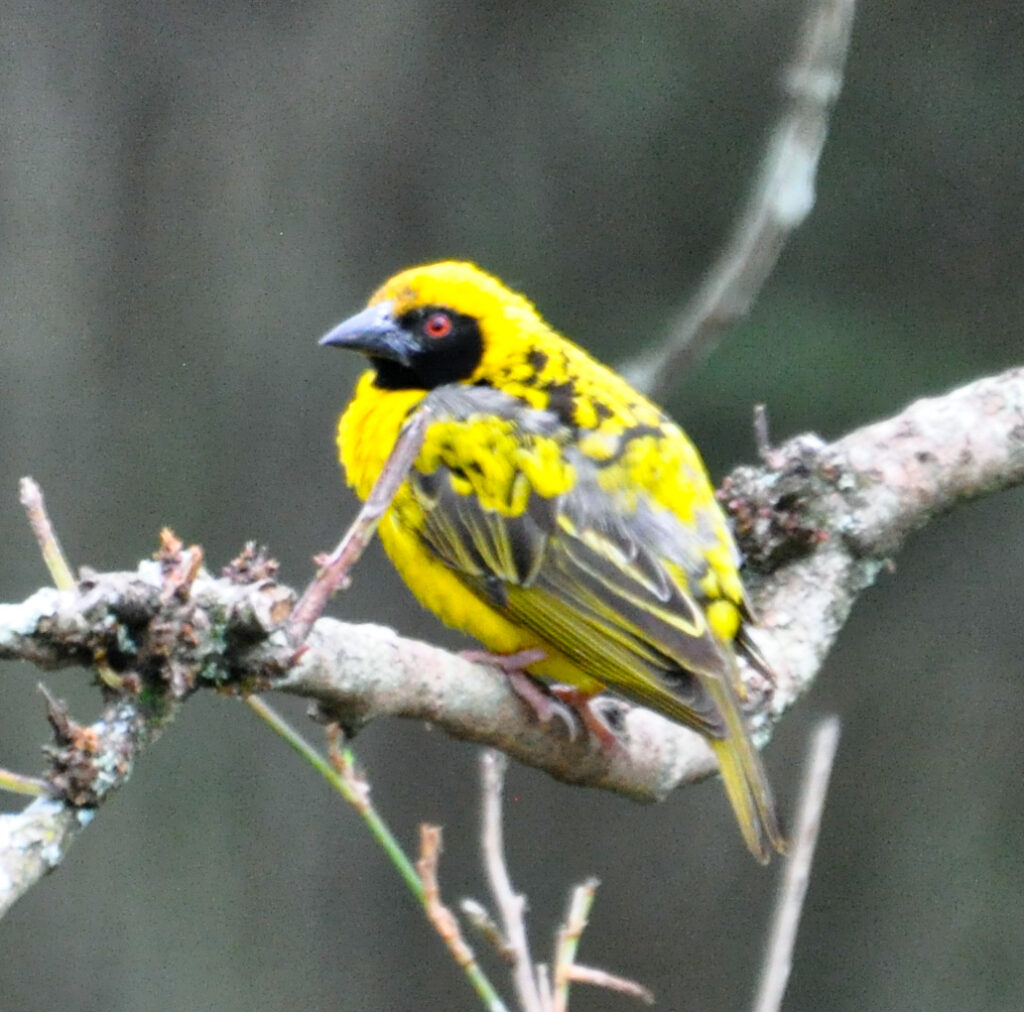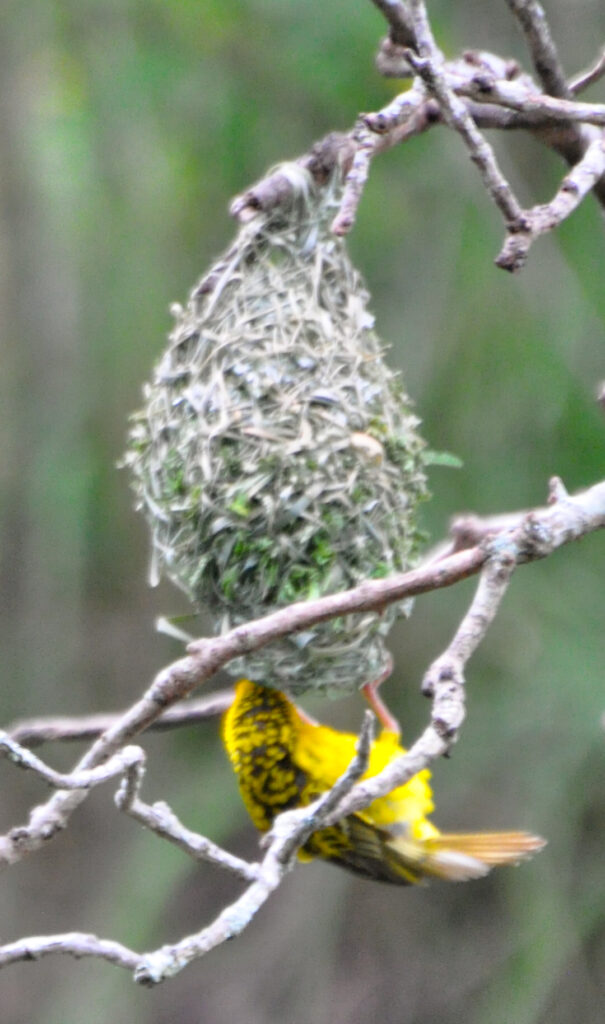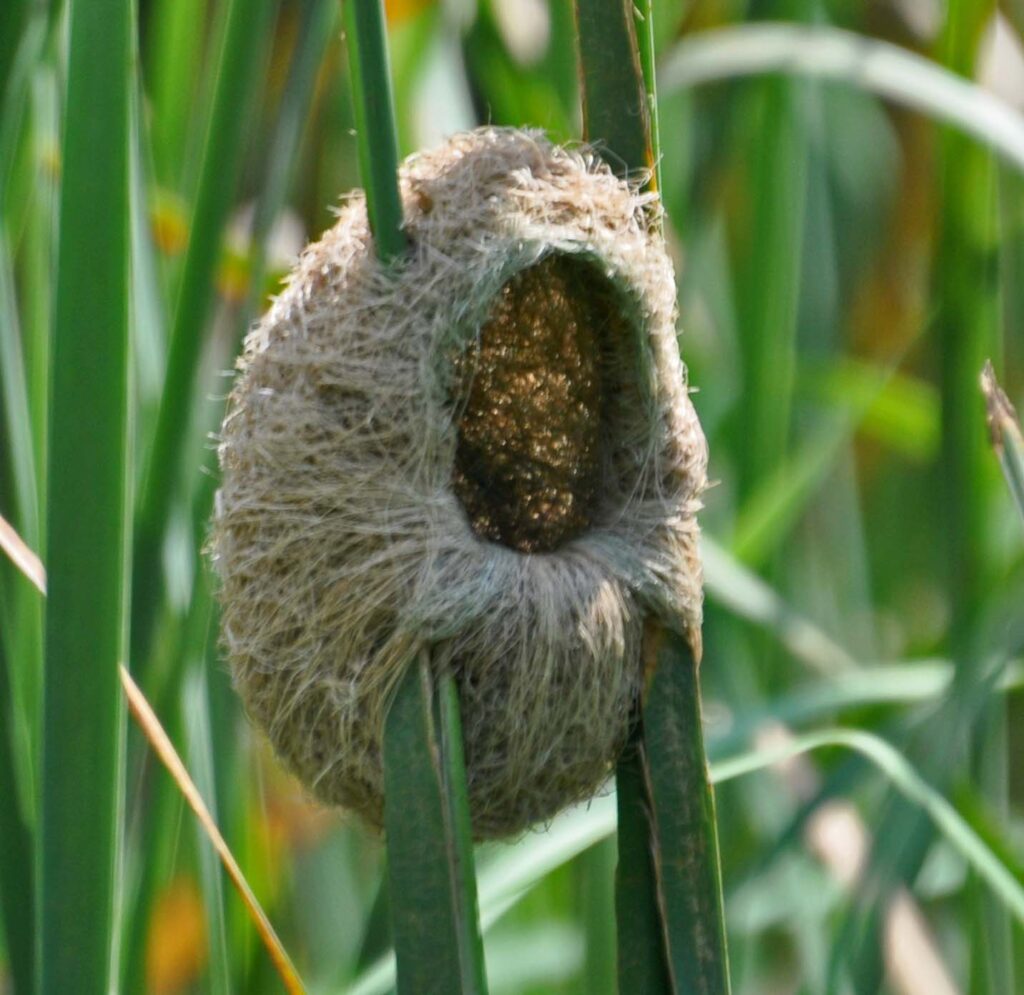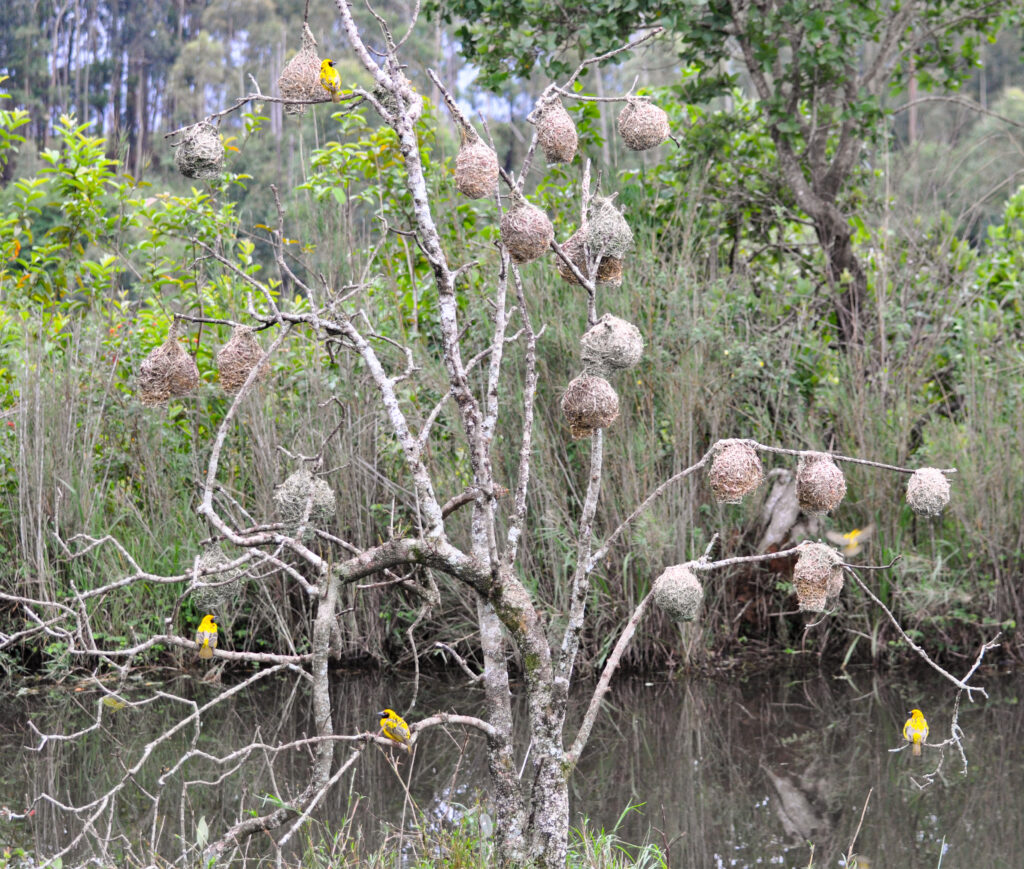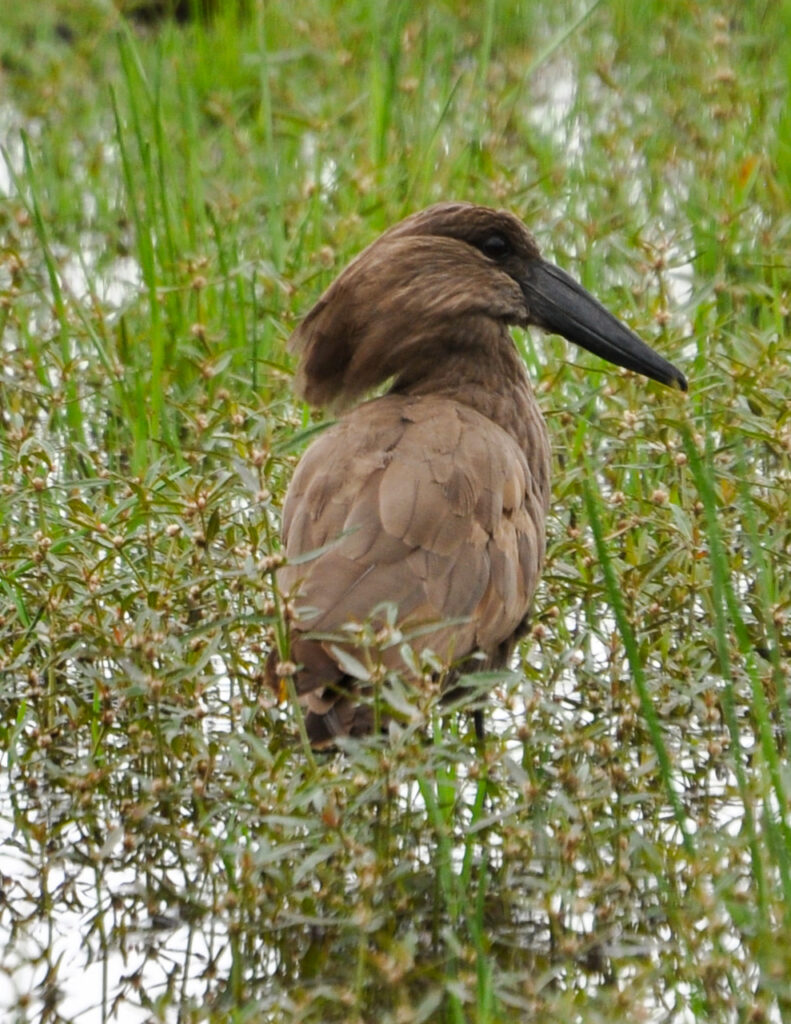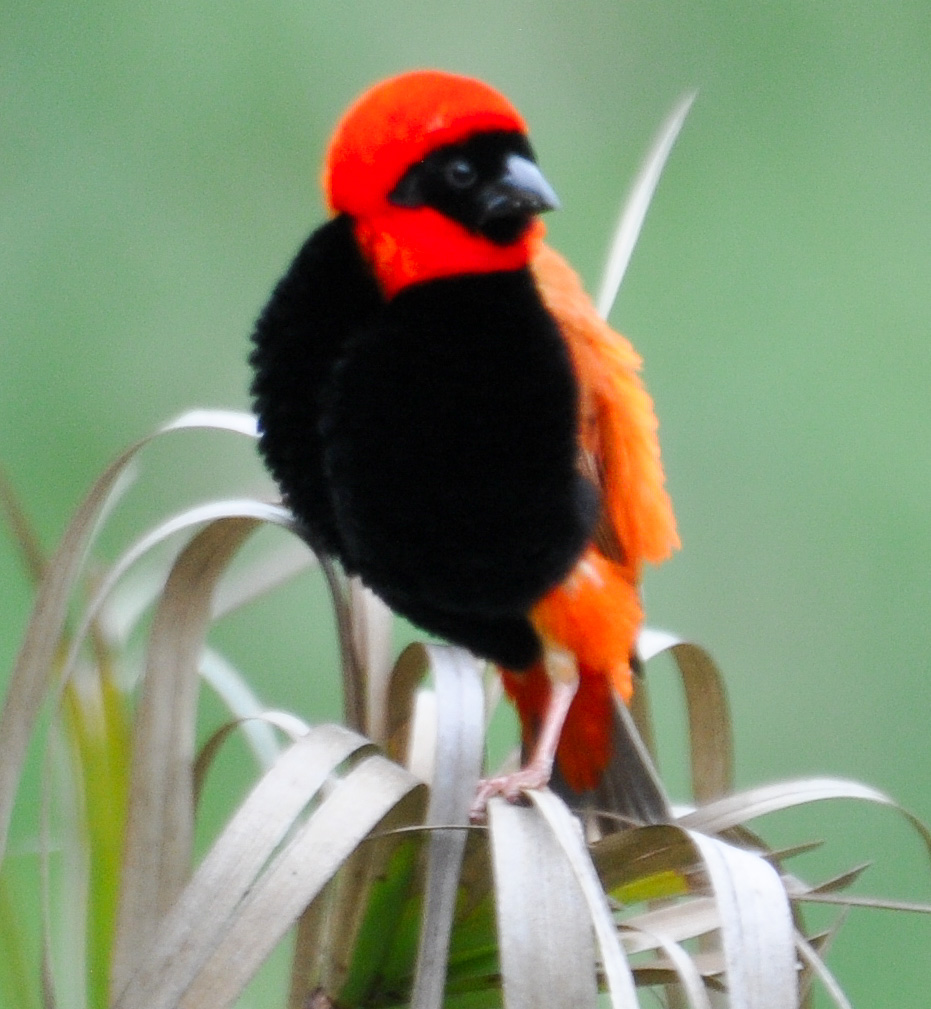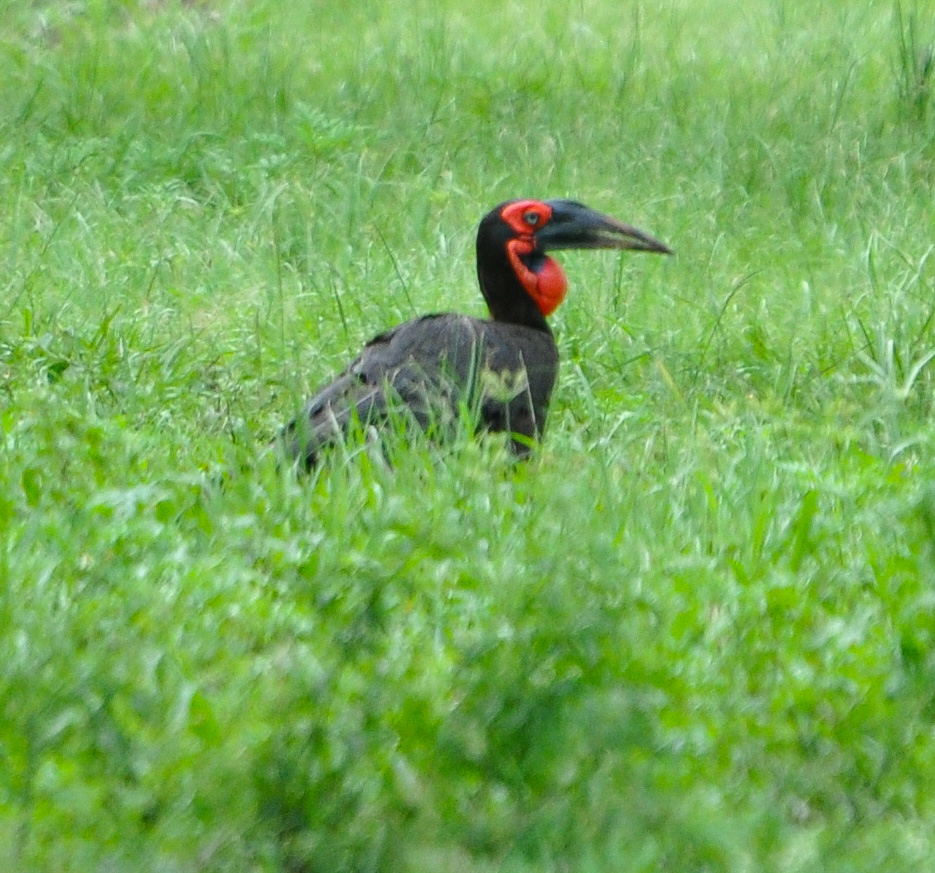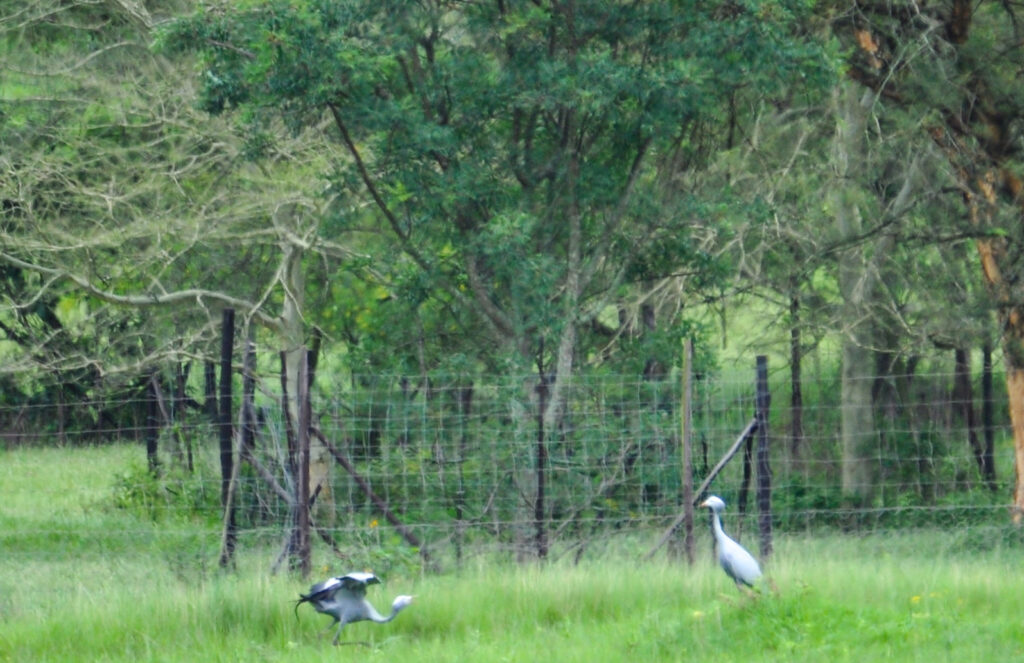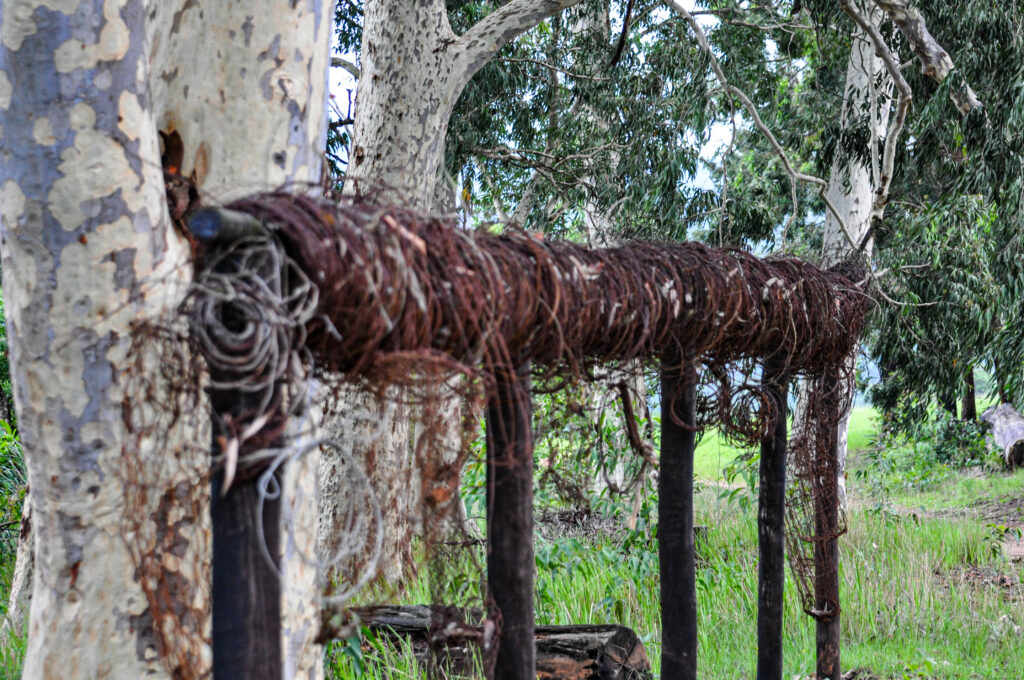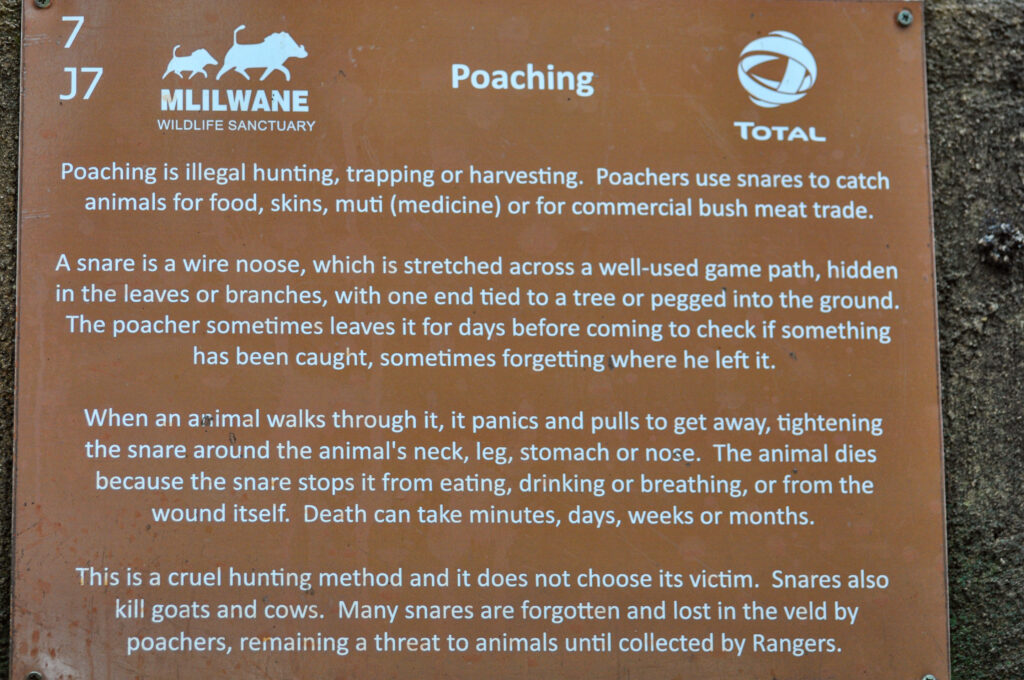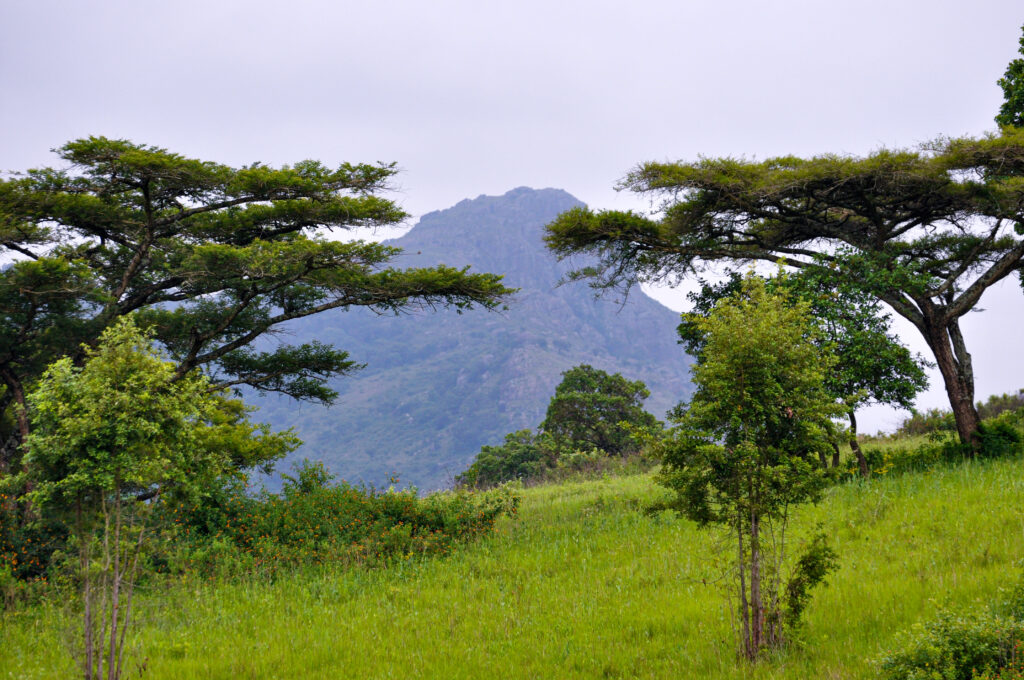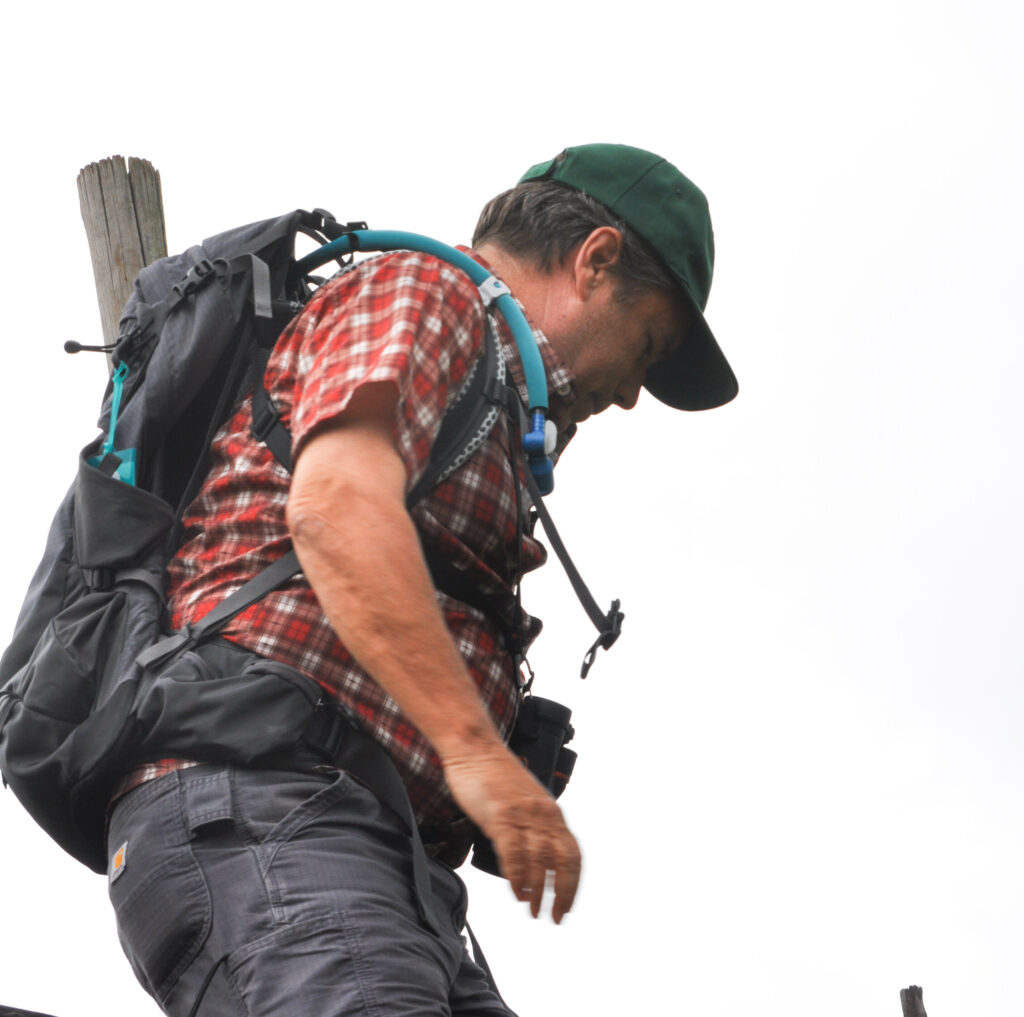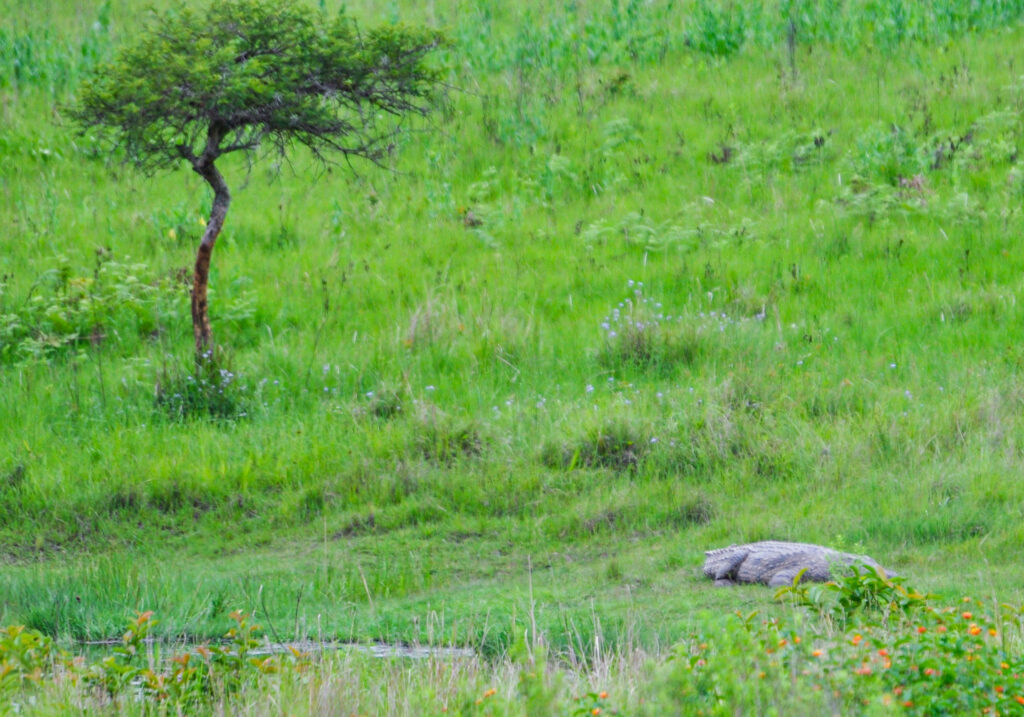The white rhino (Ceratotherium simum) is not white at all – it’s a mis-translation of the Afrikaans name, wyd renoster, with the wyd meaning wide for its square bottom lip. Take a look:
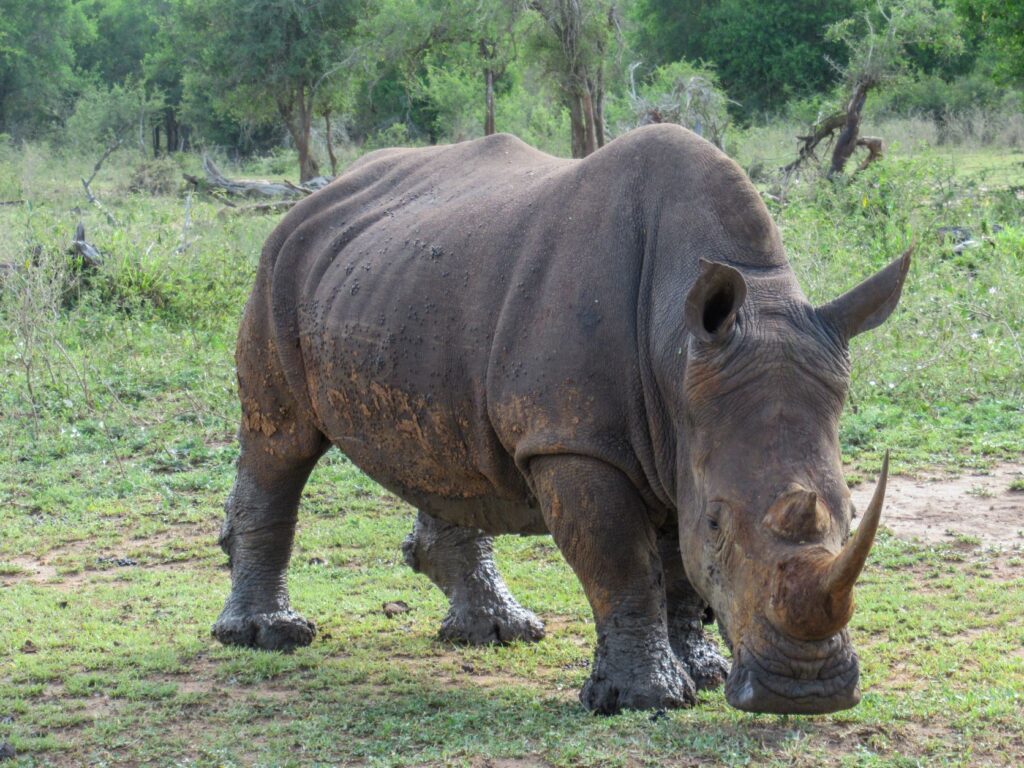
Swazis also have a different name for black rhinos – bhejane. In scientific nomenclature, it’s not even in the same genus as the white rhino – it’s Diceros bicornis. (This photo is from https://www.wwf.org.uk/learn/fascinating-facts/black-rhino since we didn’t see black rhinos at Hlane).
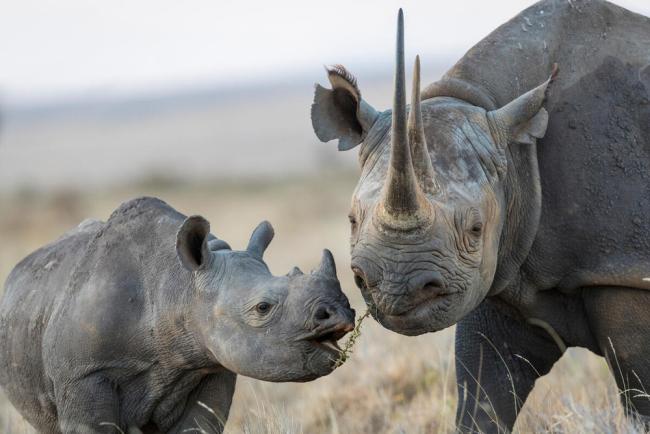
The horns from all five rhino species (the other three are in Asia) have been banned from global trade since 1977 under the Convention on International Trade in Endangered Species of Wild Fauna and Flora (CITES), although the Southern White Rhino is doing the best for population size – 15,942 individuals vs. 6,195 black rhinos (https://www.savetherhino.org). This is primarily because of game ranching in South Africa. But didn’t we hear that the last white rhino male died in Kenya in 2018? Yes, but that was the last male northern white rhino.
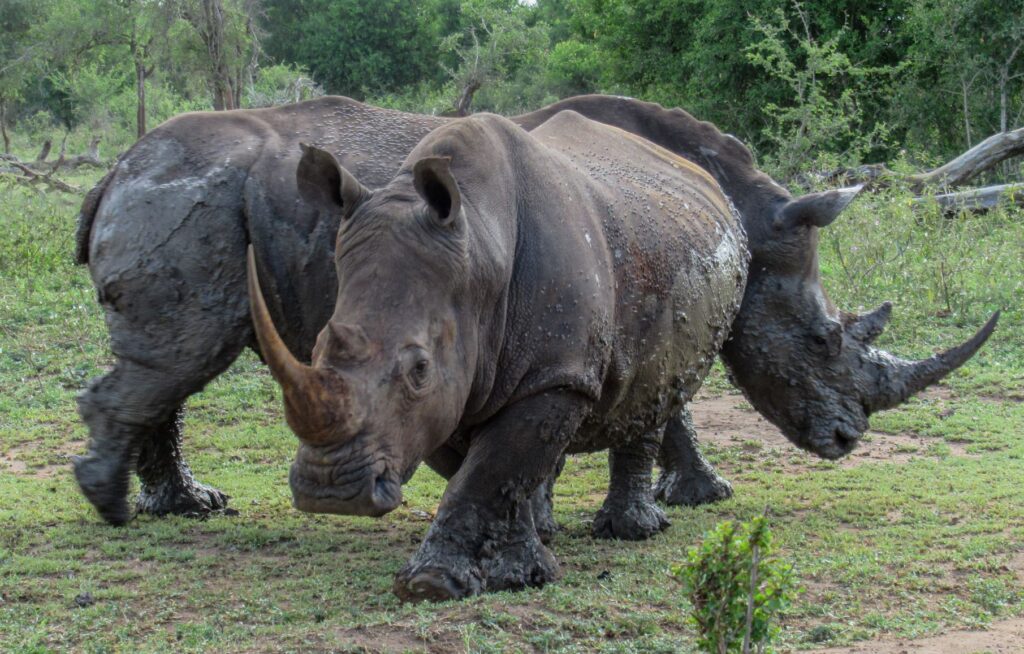
This ban on selling rhino horns primarily for traditional medicine in China and Vietnam is quite controversial. Proponents of lifting the ban (including Eswatini who actually presented the proposal to lift it to CITES) say that the game ranches and game parks could sell rhino horns and fund conservation much better since rhino horns typically sell for $15,000 to 30,000 per pound (Cheung et al. 2021, Frontiers in Ecology & Evolution). The proponents say the horns could be micro-chipped to make sure they’re not from animals that were poached. They also think that having a legal trade could help control poaching. Those who want to see the ban in place think that the market for the horns is unknown if one or a few countries were allowed to trade the horn and so we shouldn’t risk lifting it. CITES has voted to keep the ban in place. Poaching of rhinos used to be worst in East Africa, but now the worst is in South Africa with > 500 animals killed per year (down from a high of 1,549 in 2015 according to www.savetherhino.org).
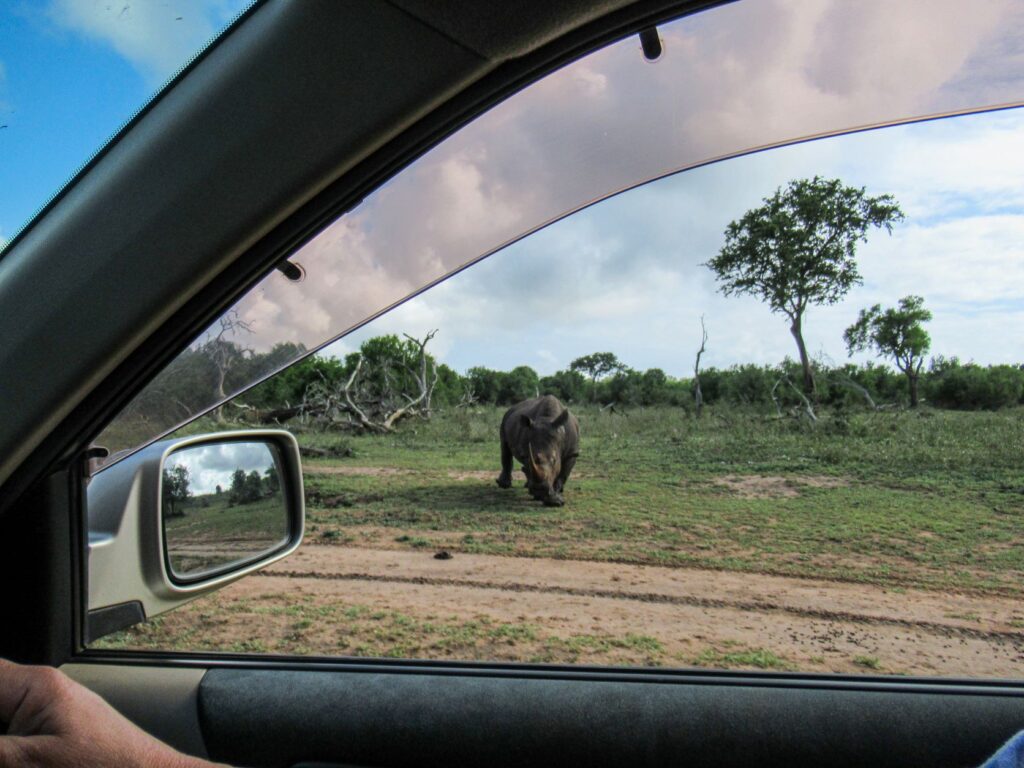
White rhinos are huge, weighing in at 5000 to 6000 pounds! They are 5-6 feet tall at the shoulder and 10-16 feet long! You can imagine that wide bottom lip mowing down the grass as they graze along. They seem to be pretty social animals – we saw about a dozen of them right outside of the car. And they’re fast for such a bulky animal! (No sound on this one since I had the car running.)
Red-billed oxpeckers groom ectoparasites from rhinos just like they do from many large mammals in Africa.
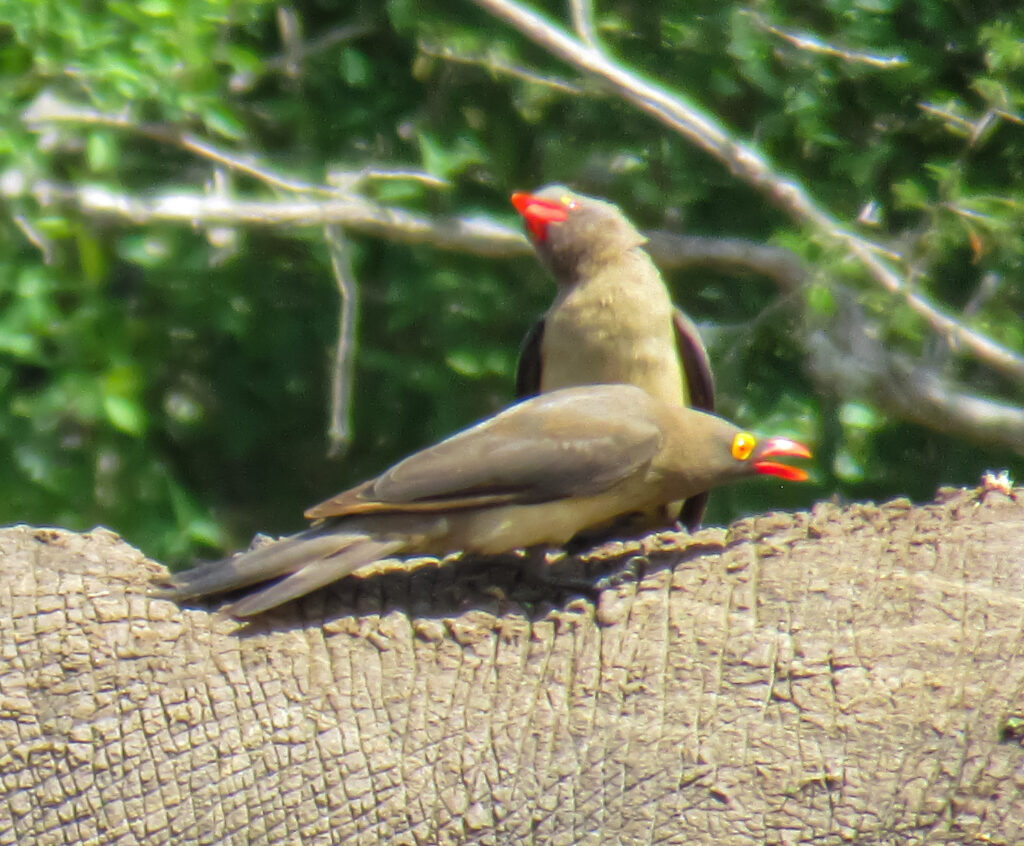
It was a hot day at Hlane so they were wallowing in the mud. Sound on for this one!
Did I say that rhinos can move quickly? I moved a little more quickly when one rhino was a little disturbed when we were driving by. (Disclaimer: No Peace Corps Response Volunteers were hurt in the filming of this video).
Hope you enjoyed the videos, I had to learn a bit to do it!
